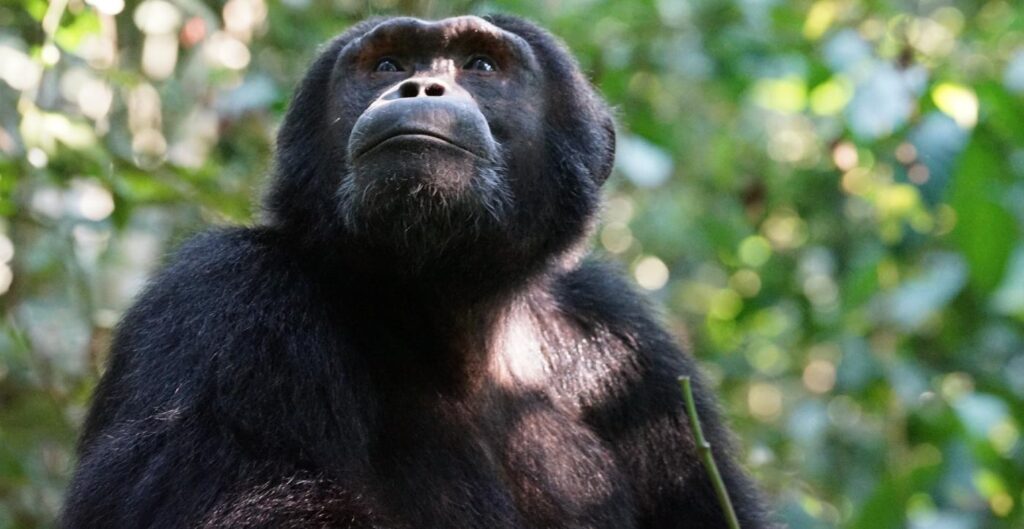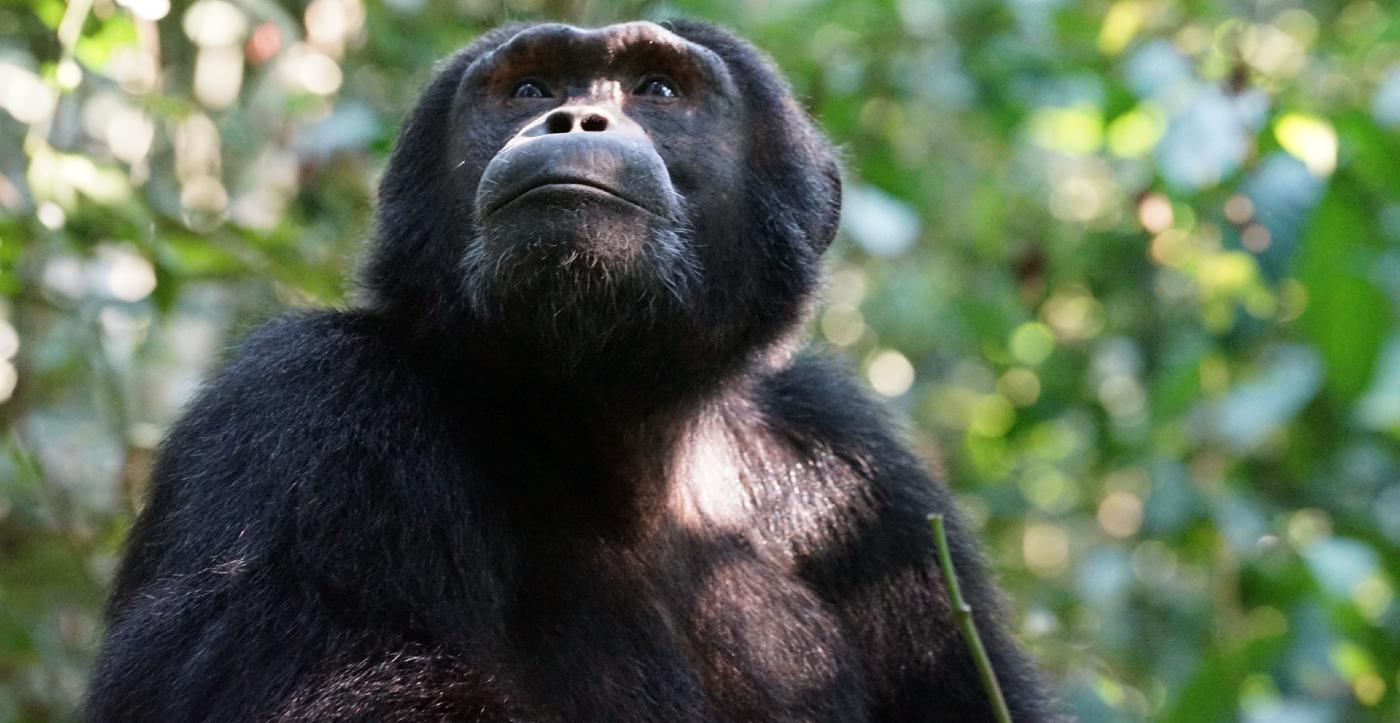Over the next few years, three million local trees–from fig to mahogany–will be planted in Uganda, benefitting people, the planet, and our closest wildlife relatives, chimpanzees.

Earlier this year, the reforestation non-profit One Tree Planted and the Jane Goodall Institute announced they’re working together on a “Wildlife Habitat & Corridor Restoration Project” in Uganda.
As part of the effort, from 2020-2023 millions of native trees will be planted in western Uganda, supporting long-term and large-scale restoration of the Albertine Rift.
The Albertine Rift landscape is a diverse, globally recognized ecosystem which is crucial to many species and is a prominent habitat for endangered chimpanzees.
It also houses over 50% of birds, 39% of mammals, 19% of amphibians, and 14% of reptiles and plants of mainland Africa.
RELATED: How Costa Rica Slowed, Stopped, Then Reversed Deforestation in Their Rainforests
The aim is restore and manage these vital wildlife communities, ultimately providing significant ecological, socio-economic, and cultural benefits to the people of the area, too.
According to a release, Uganda’s forests have face a multitude of threats, including large and small-scale agriculture, logging, and fire.
“We need to protect the existing forests,” Dr. Jane Goodall. “We need to try and restore the forest and the land around the forest that has not been degraded for too long, where the seeds and roots in the ground can sprout up and once again reclaim that land and make it an amazing forest ecosystem.”
That’s why, over the next few years, a total of three million seedlings will be planted (with an at least 60% estimate survival rate), 700 households will be trained and supported to apply sustainable agroforestry practices on their land, and each village in the project area will have at least one trained individual on forest monitoring.
CHECK OUT: The Search Engine That Plants Trees With Every Search Has Just Planted its 100-Millionth Tree
Both non-profits recognize that critical in achieving lasting conservation outcomes is the need to balance conservation objectives and socio-economic needs.
Accordingly, this project will continue to support over 3,500 households in sustainable livelihoods through smoke-free and more efficient wood-burning stoves, improved agricultural practices, establishing community-managed enterprises and microcredit programs, and sustainable production techniques that increase incomes while protecting forests.
MORE: Tiny Forests Are Springing Up All Around Europe, Inspired By Japan, to Help Restore Biodiversity
Collaborative Forest Management (CFM) groups will also be established in order to monitor forests and will protect watersheds to improve groundwater recharge that feed wells and streams for wildlife and people alike.
If you’d like to donate the project, just head to the One Tree Planted page here.
SHARE The Good News In Reforestation on Social Media…




















